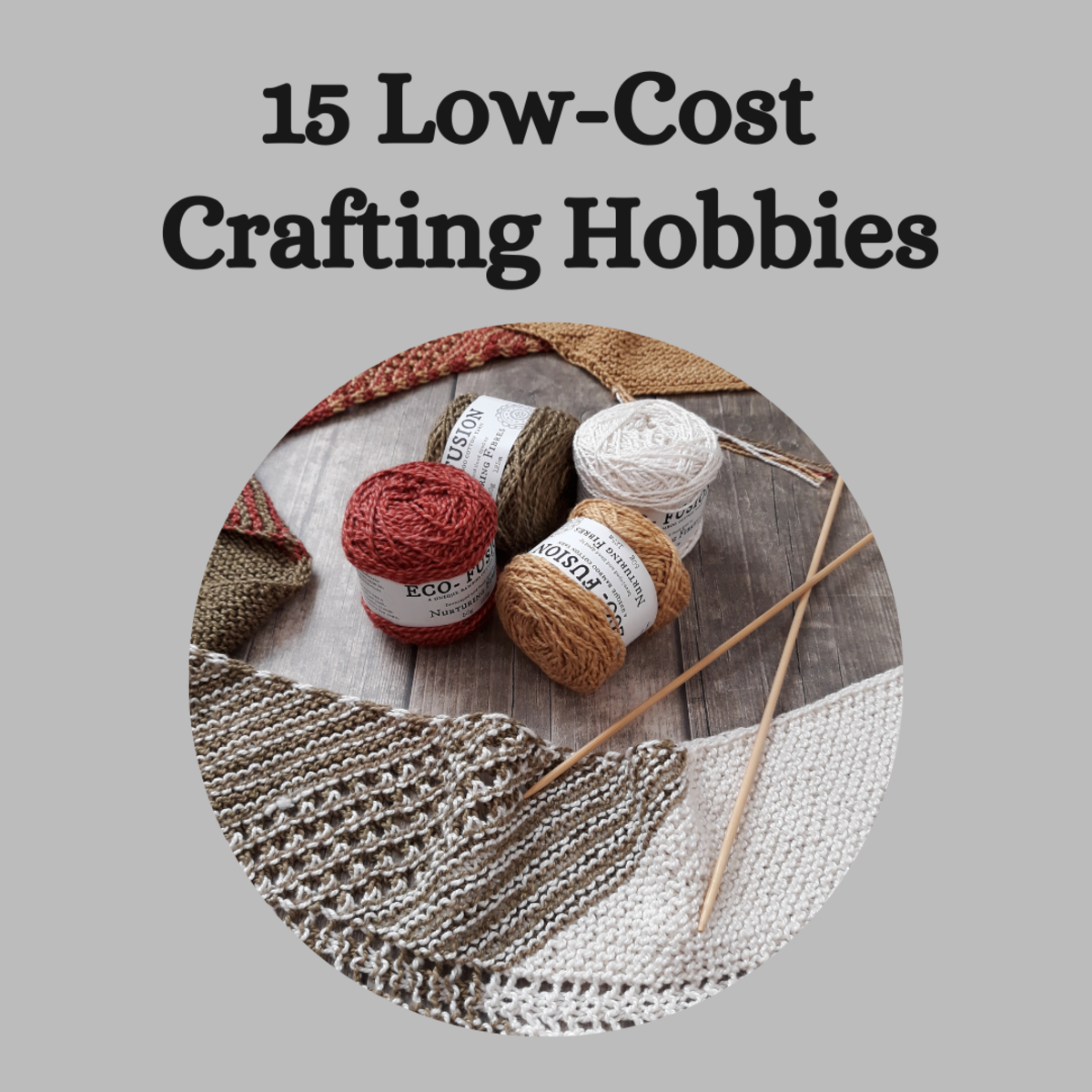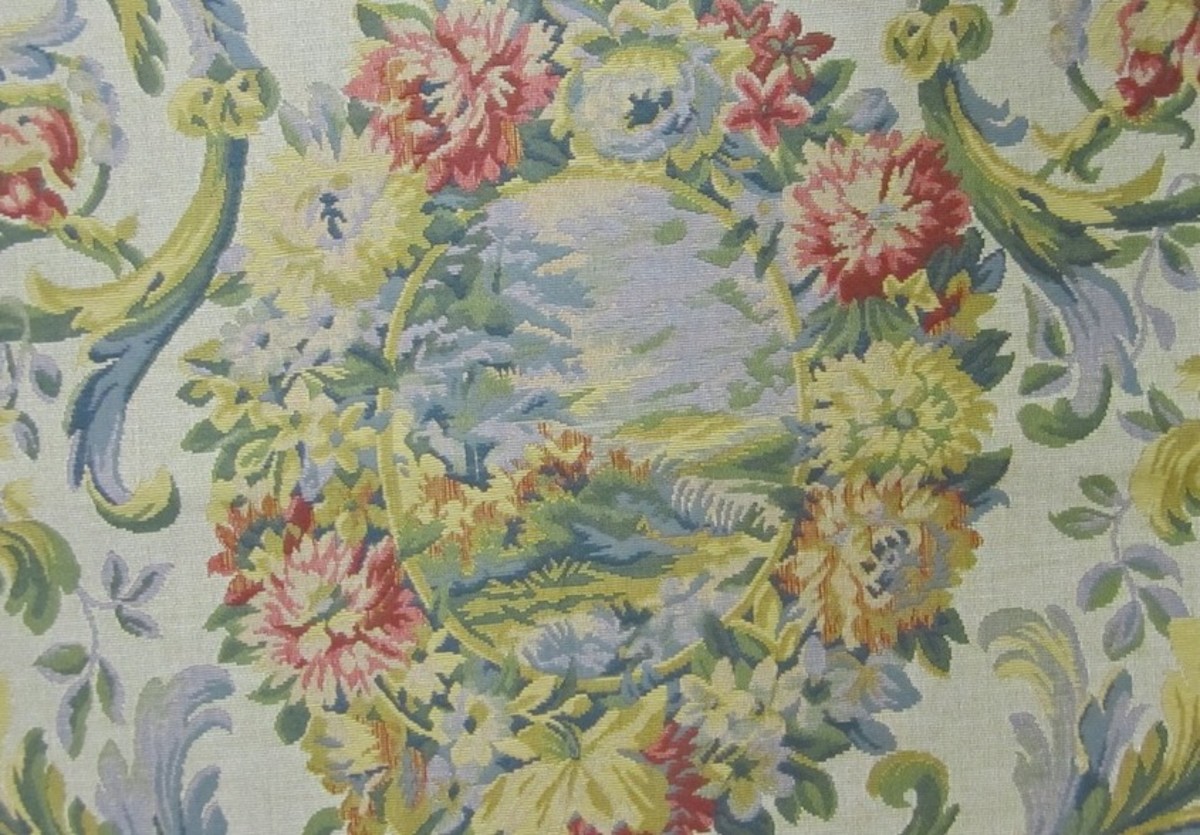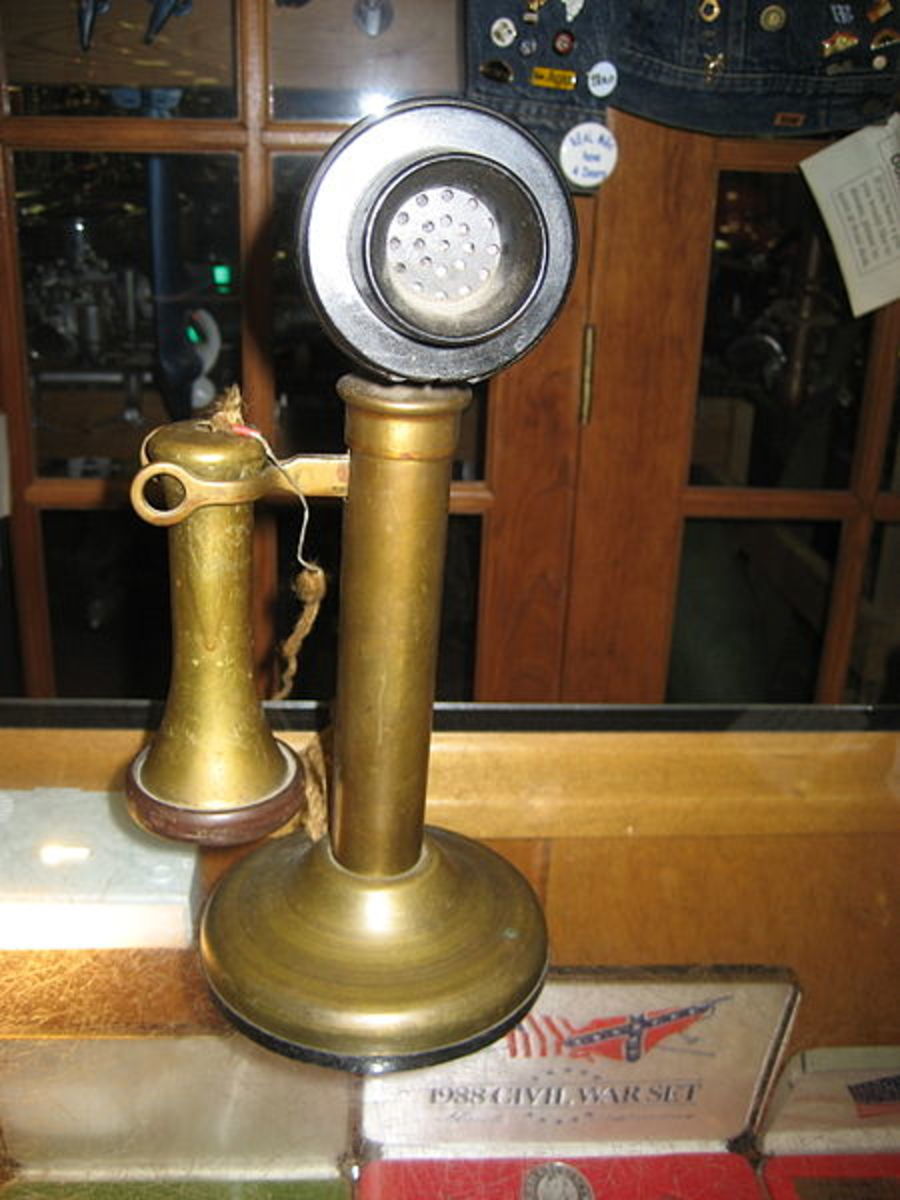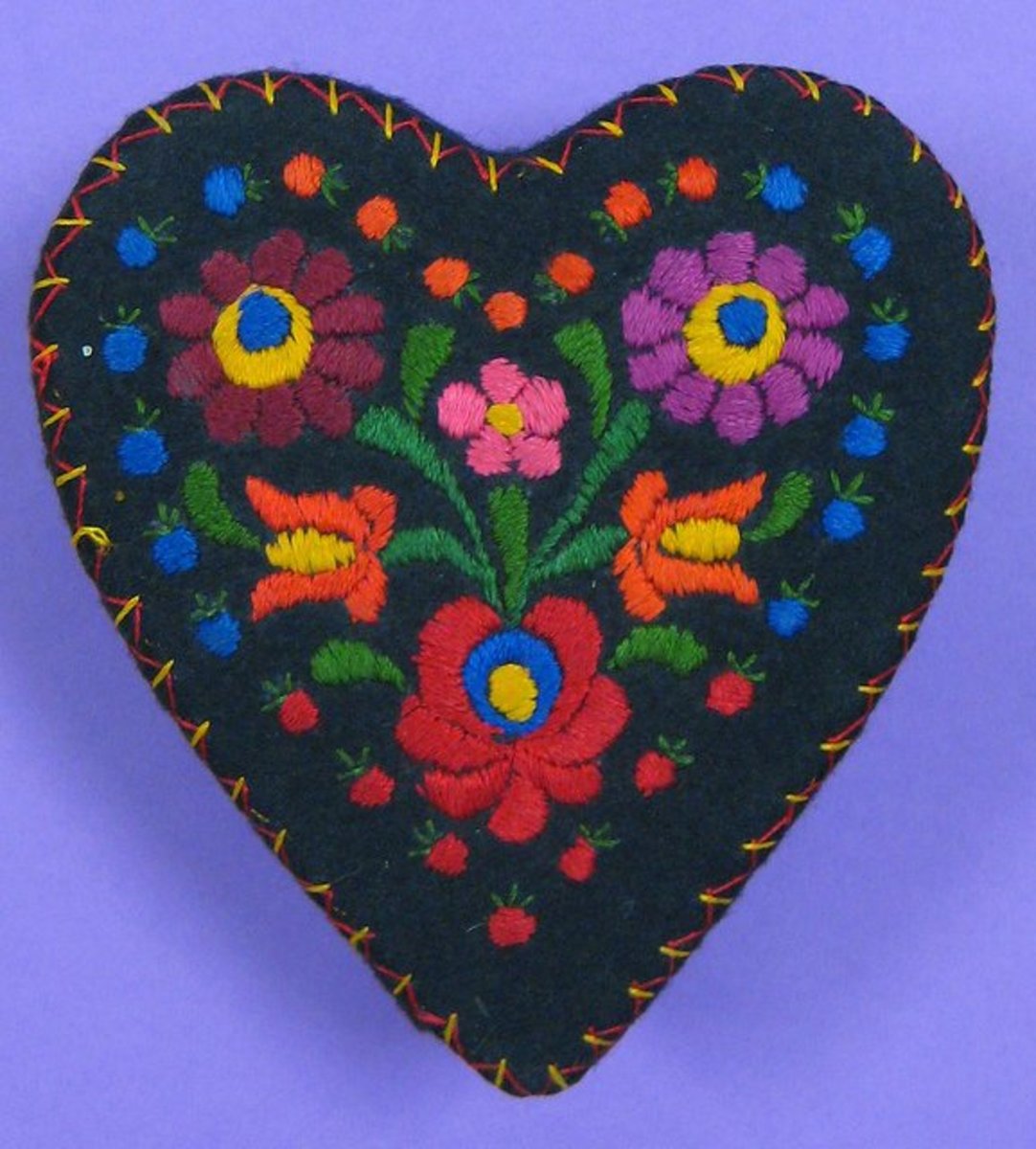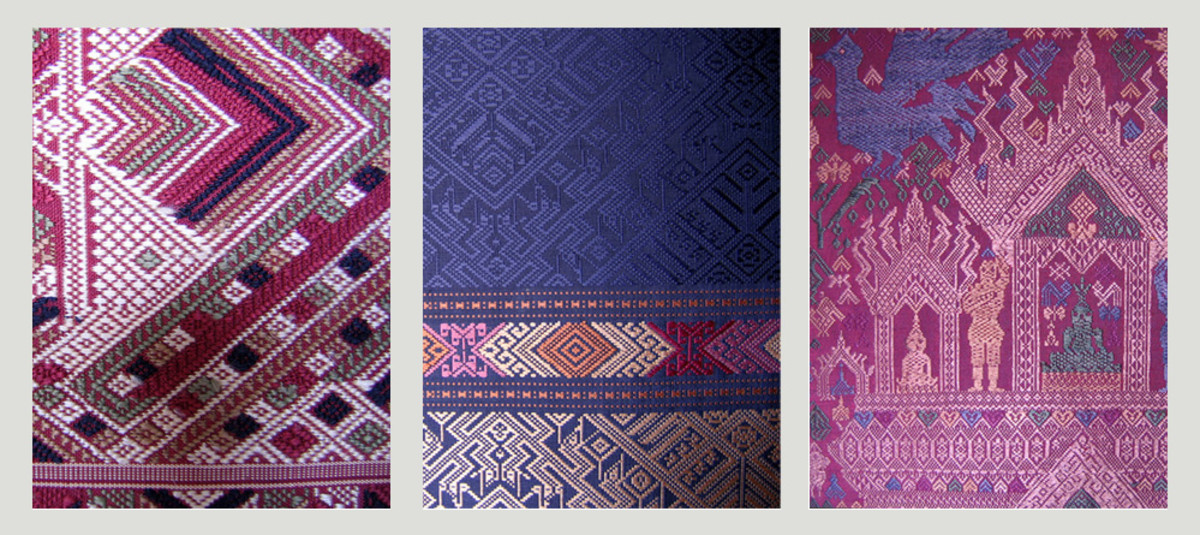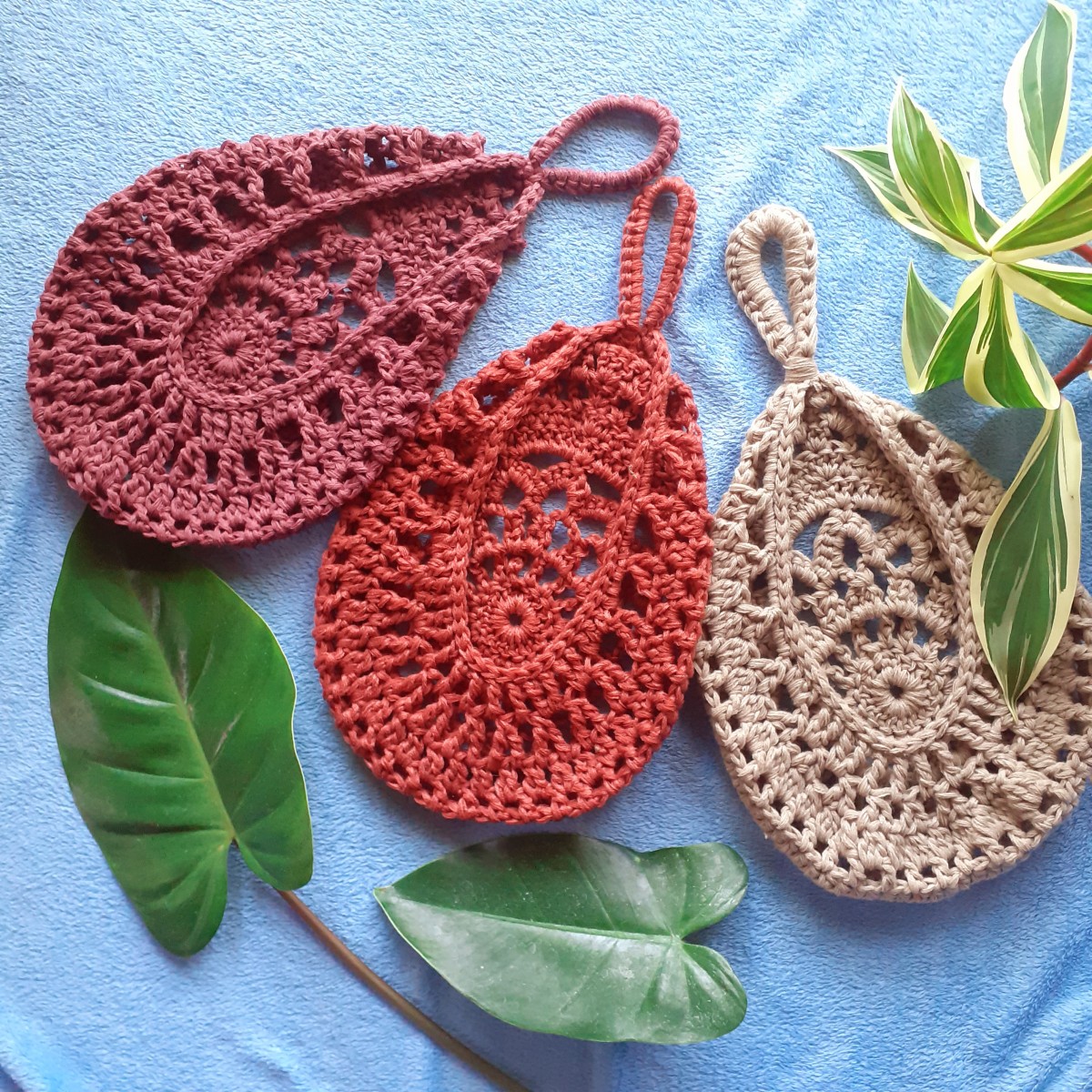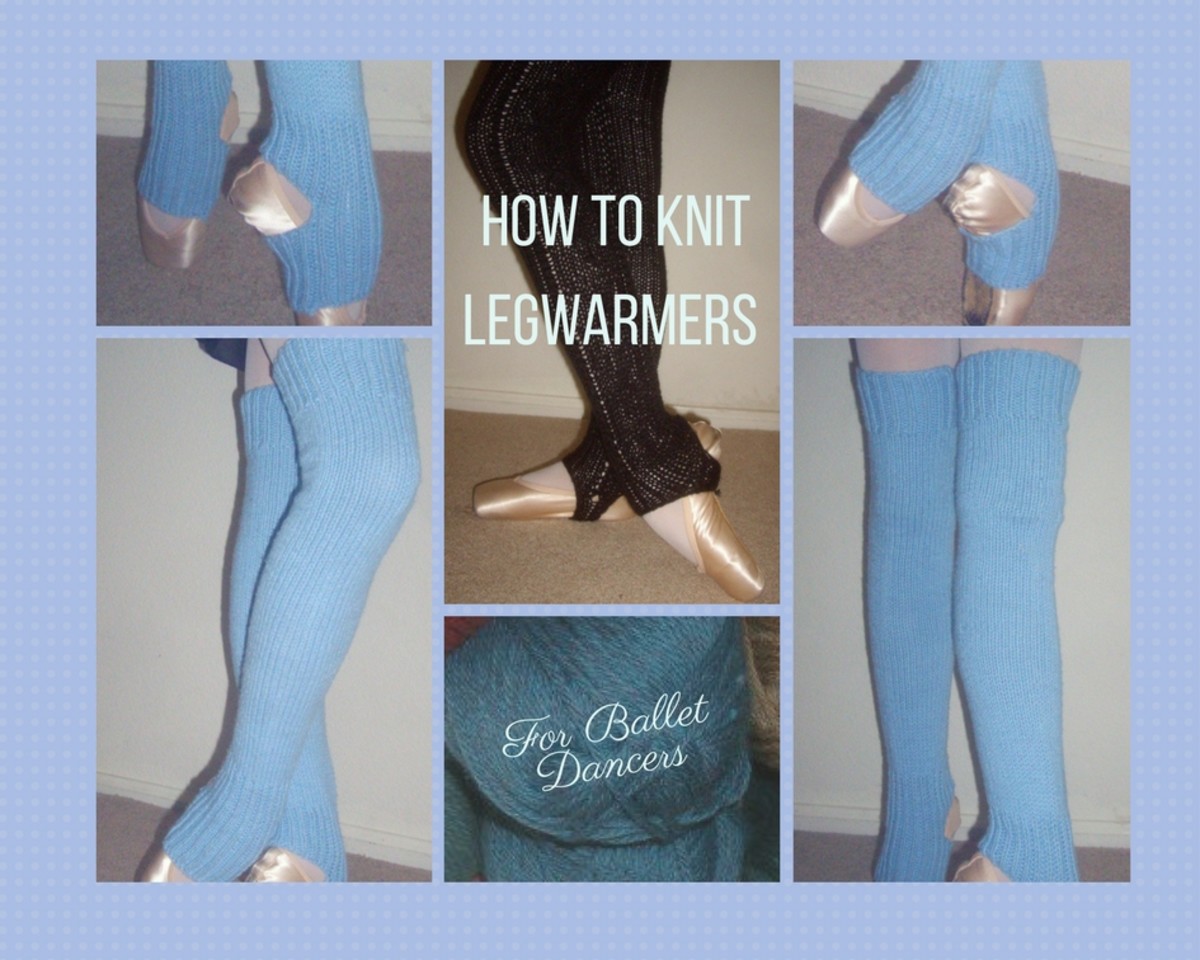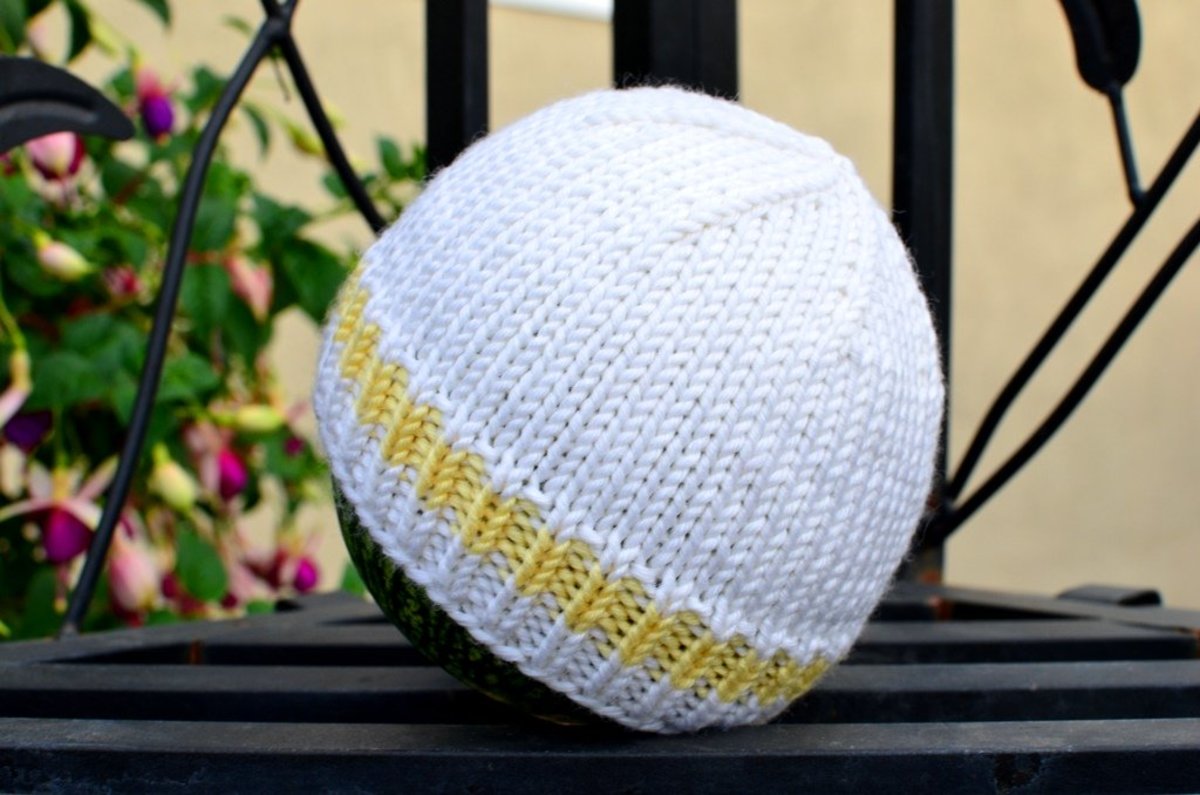- HubPages»
- Arts and Design»
- Crafts & Handiwork»
- Textiles
Weavers And Weaving - Part 2
The Invention Of The Draw Loom
In Weavers And Weaving - Part I, I talked about all the wonderful early tapestries of the early Romans. They were beautiful fabrics of wool and linen that were being woven in Egypt, syria, and what was then Mesopotamia. These new textile fibers were being brought by caravan all the way across Asia.
Silk, both in hanks of thread and as woven fabrics made the bulk of the export trade from China to the Roman Empire.
In the last century, silks of the Han period (206 B.C. to 220 A.D.) were discovered at both ends of the caravan road in Chinese Turkestan and Syria. specimens of silk fabrics, cloths and gauzes, were discovered in a burial mound in Siberia, which has now many studied in many countries.
In the history of civilization, the invention of the draw loom is of greatest importance, equaled only by by the invention of the printing press.
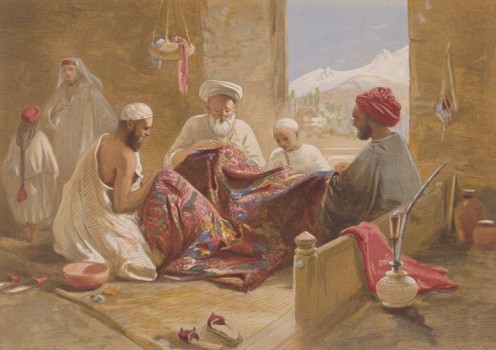
The Roundels And The Arabesques
Many new designs with repeated patterns were now able to be created. The roundel shape could be used in so many ways that it remained in fashion for more than six hundred years.
- The roundels could be placed side by side.
- They could be interlaced or connected by disc laid over them.
- They could be framed with a plain band, an elaborate patterned ribbon, or a string of pearls.
- Sometimes the patterns were placed on the ground in rows without any framework.
Specimens of these early silks have been preserved in tombs in Egypt and in the shrines of saints in cathedrals of Europe. A few have survived, glued into book bindings as end papers (the insides of covers).
One rare specimen that was found had a rare silk still inside the books original place (a magnificent Book of the Gospels). It depicted birds of red-purple twill fabric wearing pearls around their necks and carrying a jewel in their beaks. When the silk was woven, about 800 A.D. by Byzantine weavers, the designs were adapted from Persian patterns.
The Sassanian dynasty, or family, which ruled Persia from 225 to 642, had sponsored the weavers' craft.
During these years, wonderful patterns for silks were designed in Persia. Sassanian silks were traded to the far corners of the world and influenced the patterns of weaving from China to Spain.
This did not change when Persia was conquered by the Mohammedan Arabs. The Sassanian tradition was kept alive by the weavers of Persia, Afghanistan, and nearby areas.
The Mohammedan conquest brought together the arts and crafts of all the countries that were now united by the central rule of the caliphs (the first system of governance established in Islam). A truly international style was evolved.
Its chief feature is the arabesque, the most versatile and most beautiful of abstract ornaments. Arabesques (named for the Arabs) are fanciful designs in which geometrical figures and graceful lines are intertwined. Sometimes there are leaves, flowers, and fruit.
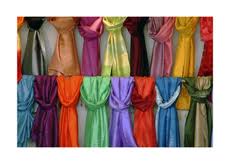
Italy and Silk
Then, came the time when it was very difficult for Europe to import silks from the near East. The Mongol hordes were sweeping across the centers of weaving and of trade. This was a disaster, especially for the Italians, who loved beautiful fabrics. Italy had long been known for her fine woolens. However, now, Italians were forced to weave their own silks.
Sericulture, the cultivation of the silkworm and preparation of the thread, became an important industry. It all began in Sicily, the halfway house between the powers of the eastern and western Mediterranean. By the thirteenth century, silk weaving had a foothold in southern Italy. By the fourteenth century it had spread all over the peninsula.
The silk style in Italy was a complete break with the Sassanian and Byzantine traditions. Instead of being enclosed in roundels, the designs were arranged in diagonal rows. A wealth of new designs was worked out, and never before or since have there been textile designers of so much imagination, such power of invention.
Designs were often woven in gold thread on a satin background. Two cities took leading roles, Lucca, in Tuscany, and Venice, where in the fifteenth century, velvet weaving became a specialty.
The earliest velvets were often woven of four or five colors, but toward the end of the century the fashion changed to simpler designs on a large scale, woven in one color, but often brocaded with gold thread.
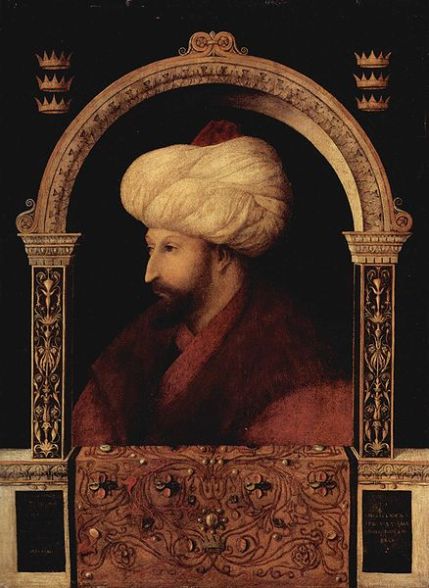
The Spanish Tapestries And Silk Fabrics
In 712 A.D., Spain was conquered by the Arabs, and soon silk fabrics of great beauty were woven in Andalusia, in southern Spain. The Hispano-Moresque (Spanish-Arab) designs were elaborate geometric interlacing and a wide variety of patterns based on rosettes and stars -- their beauty largely due to the jewel like quality of the colors of:
- Strong reds
- Blues
- Greens
- Yellows
- Often separated by thin black outlines.
- Inscriptions of good wishes and prayers in beautiful Arabic script were often part of the designs.
In the fifteenth century, the Christians succeeded in driving out the last of the Moorish rulers. The Moorish weavers remained and now produced beautiful fabrics, often designed with floral patterns or with devices from Gothic coats of arms.
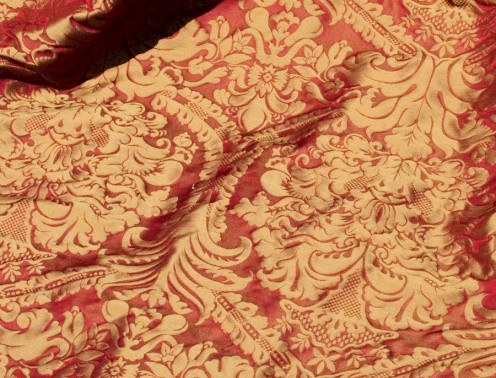
Flower Designs In The Fabulous Velvets Of The Renaissance
In Italy, the Renaissance of the sixteenth century was a period of immense energy that found its finest outlet in the creation of great works of art. Among these were numerous beautiful textiles, woven in several centers of northern Italy.
The designers selected the lotus palmette for a central motif and evolved many variations, which are generally known as pomegranate patterns.
With the general increase of wealth came a love for gardens. New Flowers, such as hyacinths and roses, carnations and tulips, were imported from Persia and Turkey, and they became part of the textile designs.
The favorite material now was velvet, gold-brocaded, pile on pile cut, so that the design stood out from the velvet ground, and cisele.
This combination of cut and uncut loops results in a delicate change in tone of the same color.
These fabrics were very splendid and suited especially for wall coverings and curtains. They were exported to France, England, Germany, Scandinavia, and Russia. Many of them reached Spain, where they inspired a new Spanish style. The Spanish fabrics of the Renaissance can often be distinguished from the Italian by their excellent use of the arabesque.
Venice was now selling, to the near east, especially created, sumptuous fabrics. Turkish weavers adapted these into even more gorgeous fabrics in which colorful tulips and carnations appeared in a golden ground. Another source of inspiration for the Turkish designers was the silks and velvets of Persia.
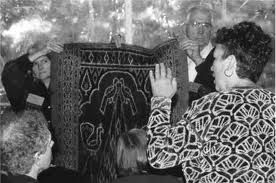
The Velvets Of Persia
In Persia, the shahs of the Safavid dynasty (1502-1736) sponsored great establishments of silk weaving. No new techniques were invented, but those already existing were used with absolute perfection, from plain cloth to brocaded polychrome (many color) velvet.
Two types of design were prepared by the court painters for the weavers -- a wide variety of plants and flowers were often combined with birds and butterflies, and figure subjects.
These were adapted from illustrations from scenes of the Book Of Kings, the national epic poem of Persia. Or, they showed charming young people enjoying their leisure in parks full of strange creatures, rabbits, and gazelles, lions, and leopards and all the flying creatures created by Allah or imagined by the designer.
On the while, the Persian weavers preferred the most elaborate technique of brocading. They loved to use it freely with satin weaves, as if it were embroidery, repeating the motifs in different color combinations.
Sometimes very elaborate figure subjects were woven as multi-colored velvets, often on a ground of gold and silver. No wonder that Chardin, a Frenchman who visited Persia in 1667, wrote in his diary:
"Nowhere in the world are there such expensive fabrics as in Persia."
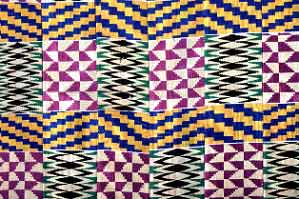
Double Cloths
The simplest type of weaving, cloth, which makes possible sharp outlines and details, was seldom used. All too rarely occurred that interesting technique, the double cloth, but whenever it is found, it surprises us with its refinement.
Double cloth was also invented, quite independently, by the weavers of Peru, hundreds of years before the arrival of the Spanish conquerors.
The Peruvians used cotton, generally white and brown. The Persians used silk, red and white or green and white.
The double cloths are reversible. The design is white on one side, of the contrasting color on the reverse.
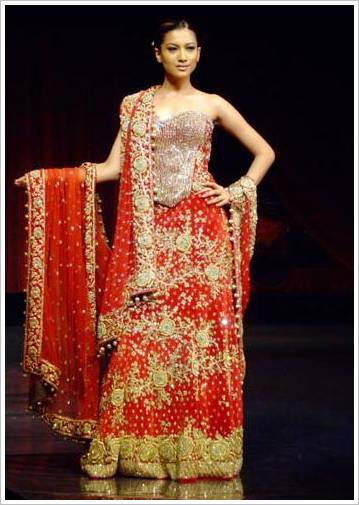
Textiles Of India
In India, Baber, a descendant of the Mongol Timur, founded the Mughul (or Mongul) Empire in 1526. Greatest of the Mughul Emperors was Baber's grandson Akbar (1556-6105), who lived at the same time as Queen Elizabeth of England.
Akbar was a wise and tolerant rulers. He founded schools for the education of both Hindus and Mohammedans and encouraged all the crafts, especially that of the weavers. The textile industry flourished even more during the reigns of his son Jahangir (1605-1627), and his grandson Shah Jahan (1628-1658).
This half century represents the period of greatest magnificance of the the Mughul court.
As ancient Egypt was the land of linen, so India was the land of cotton, famous -- even before Alexander the Great's expedition -- for fabrics woven from "wool that grew on trees."
In Mughul times, and probably long before, the finest muslins were produced at Dacca in Bengal.
They were distinguished by poetic names, such as "running water" and "woven air."
No fabrics earlier than those of the Mughul Empire have been preserved. Of these, the designs of the silk brocades and velvets of the seventeenth and eighteenth centuries show a mixture of Persian and Hindu style.
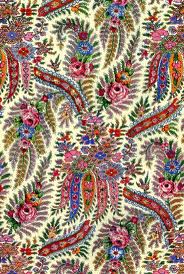
Glowing Kashmir Shawls From The Looms Of India
Most characteristic of all Indian fabrics are the well know Kashmir shawls. They were woven in an elaborate technique of twill tapestry, either by the yard, to be cut up for costumes, or in squares with a border all around.
The design was an all over floral pattern or rows of pear shaped, stylized motifs.
The best Kashmir shawls were alike on both sides, but sometimes part of the pattern was added by embroidery to the finished fabric.
The material was the fine glossy wool that grows beneath the long hair of certain mountain goats.
If You'd Like To Know More!
- Antique Textile History
Antique Textiles and Antique Textile Information - Extant Textiles - 16th Century
- India Textile, Indian Textiles, Indian Textile Products, India Textile Gallery, Textile Manufacturer
Textile, Indian Textile, Indian Textile - India is the storehouse of textile and fabrics. This is an introduction to the textile traditions of India, including the history and sources of India textile. It discusses India textile, Indian textile produ

